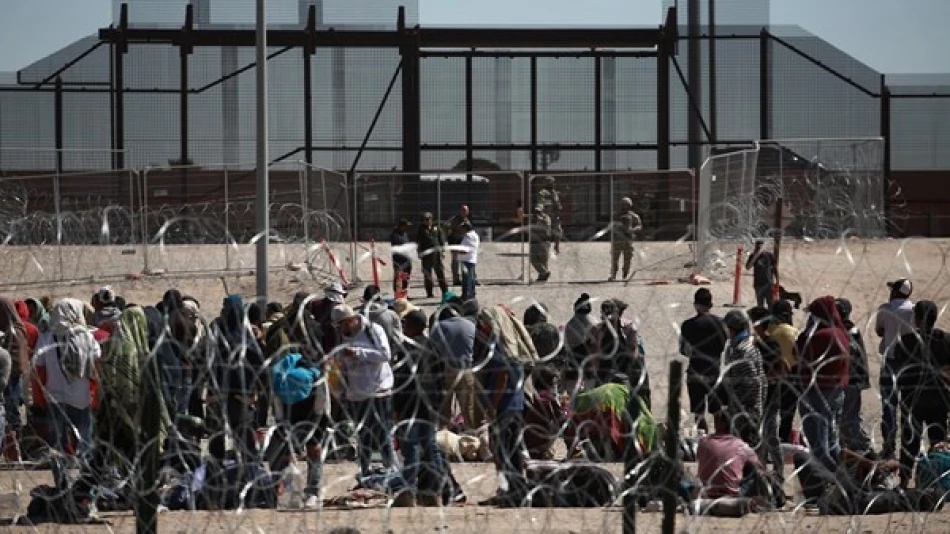
Painting the Border Wall Black: Uncovering Washington's Unconventional Move
Trump Orders Border Wall Painted Black to Create Scorching Deterrent Against Illegal Crossings
The Trump administration is implementing an unconventional border security measure by painting the entire US-Mexico border fence black, specifically designed to make the metal structure dangerously hot and nearly impossible to climb. Homeland Security Secretary Kristi Noem announced the initiative as part of broader efforts to complete Trump's signature border wall project, signaling a shift toward more aggressive physical deterrents.
Heat as a Weapon: The Science Behind Black Paint Strategy
Speaking at a press conference in New Mexico, Secretary Noem explained that the black coating serves a dual purpose beyond aesthetics. The dark surface will absorb significantly more solar radiation than lighter-colored materials, potentially reaching temperatures that could cause severe burns to anyone attempting to scale the barrier.
"The fence is already extremely difficult to climb, almost impossible," Noem stated, describing the closely-spaced metal posts that extend deep underground to prevent tunneling. The black paint represents what she called a "specific request" from President Trump to add another layer of deterrence through extreme heat.
Engineering Challenges and Costs
The initiative raises questions about implementation costs and maintenance. Black surfaces in desert environments can reach temperatures exceeding 160°F (71°C) during peak summer months, but they also require more frequent repainting due to UV degradation and thermal expansion stress on metal structures.
Completing Trump's Border Legacy
This announcement represents a continuation of Trump's central campaign promise from 2016 to build a comprehensive barrier along the 2,000-mile southern border. During his first presidency, construction began on various sections, but the project remained incomplete when he left office.
The current push to finish the wall, combined with the black paint strategy, demonstrates Trump's commitment to physical border security measures over technology-based solutions or increased personnel deployment.
Humanitarian and Legal Implications
The deliberate creation of dangerously hot surfaces raises potential legal challenges from immigration advocacy groups, who may argue that such measures constitute cruel and unusual punishment or violate international humanitarian standards. Similar concerns have been raised about other border security measures that put migrants at physical risk.
Precedent in Border Security Innovation
While unconventional, the use of environmental factors as deterrents isn't entirely new in border security. Israel has employed various physical and psychological barriers along its borders, and several countries have experimented with making barriers more difficult to breach through design modifications rather than increased surveillance.
The effectiveness of such measures remains debatable among security experts, with some arguing that desperate migrants will attempt crossings regardless of physical discomfort, while others contend that any additional deterrent factor contributes to overall border security strategy.
Most Viewed News

 Layla Al Mansoori
Layla Al Mansoori






